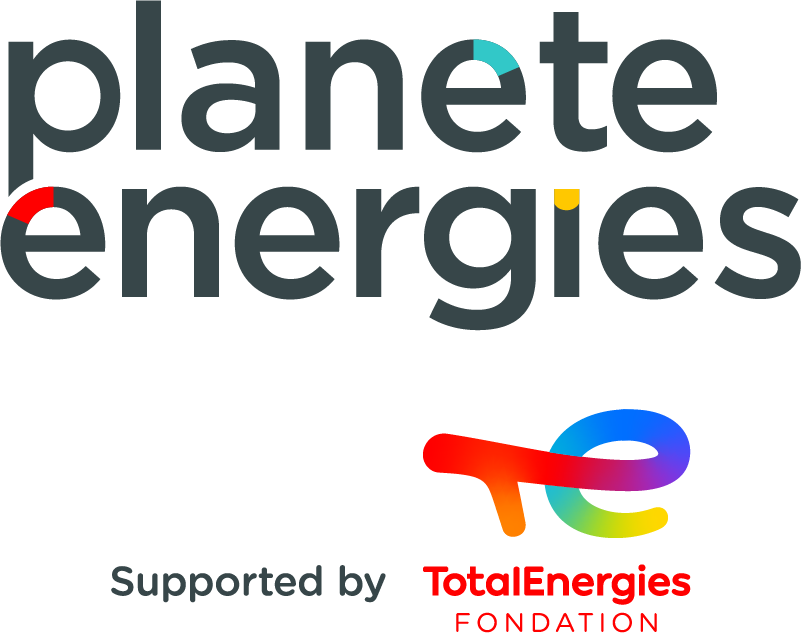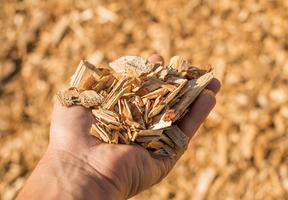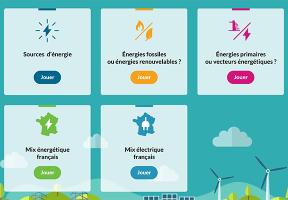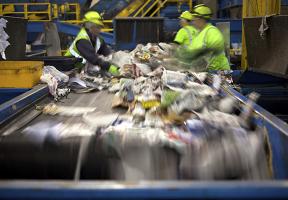What Is Anaerobic Digestion?
5 min read
Discover methanization: a process in which organic waste is transformed into . This video explains this natural phenomenon, where waste is decomposed by in the absence of oxygen, producing and natural fertilizer. Ideal for raising awareness among your students on the challenges of the and the importance of . Perfect for classroom use!
What is digestion?
Anaerobic digestion produces biogas by breaking down organic matter or sewage sludge.
The matter is “digested” inside what we call a digester tank or biogas reactor.
Solid or liquid matter is added to the digester tank and deprived of oxygen. It is then heated and stirred regularly.
Bacteria are added to cause a chemical conversion. time: at least 20 days.
The process results in biogas with 40% to 70% content – identical to natural gas from deposits.
Advantages of Anaerobic Digestion
- The biogas can be used to generate heat and on site.
- It can be purified to extract the methane and then resold and fed back into the gas network, while providing incentives to reward the eco-friendly nature of the process.
- It is an effective way to achieve energy transition targets in combination with other renewable energies.
- The matter remaining in the tank ( ) can be used as agricultural fertilizer.
And What’s Next?
Biogas plants are becoming more and more common.
In Europe / 2009: 6,227 / 2016: 17,662 In France, there were 65 units in 2018, representing a capacity of 1 terawatt-hour/year. That’s around the same annual electricity consumption of a town of 150,000 people.
Summary:
- Anaerobic digestion: production of biogas by breaking down organic matter.
- The matter ferments in a digester tank.
- It is then heated and stirred, and bacteria are added.
- Main advantages:
- On-site electricity and heat generation.
- Resale of methane to the gas network and incentives.


















